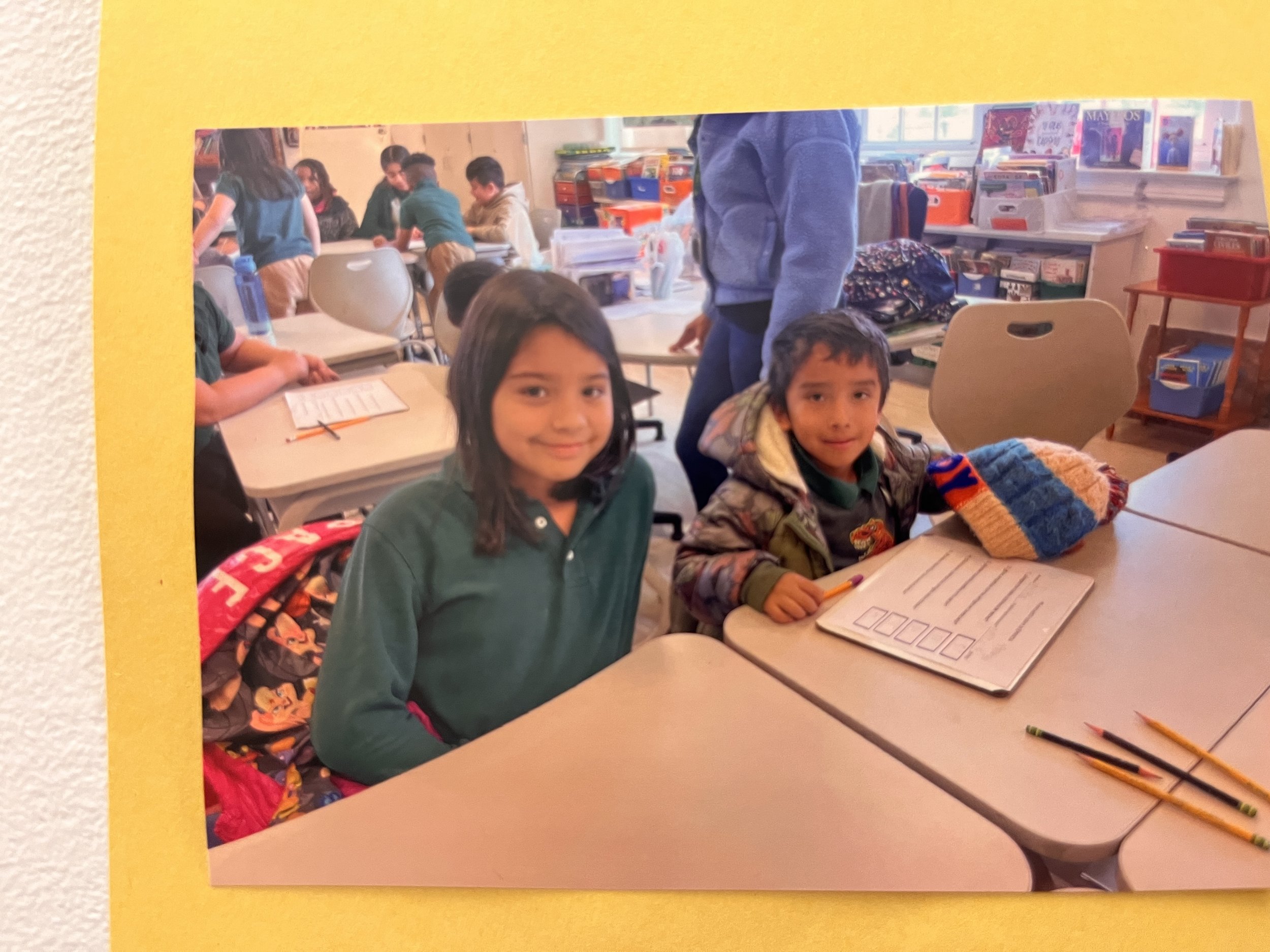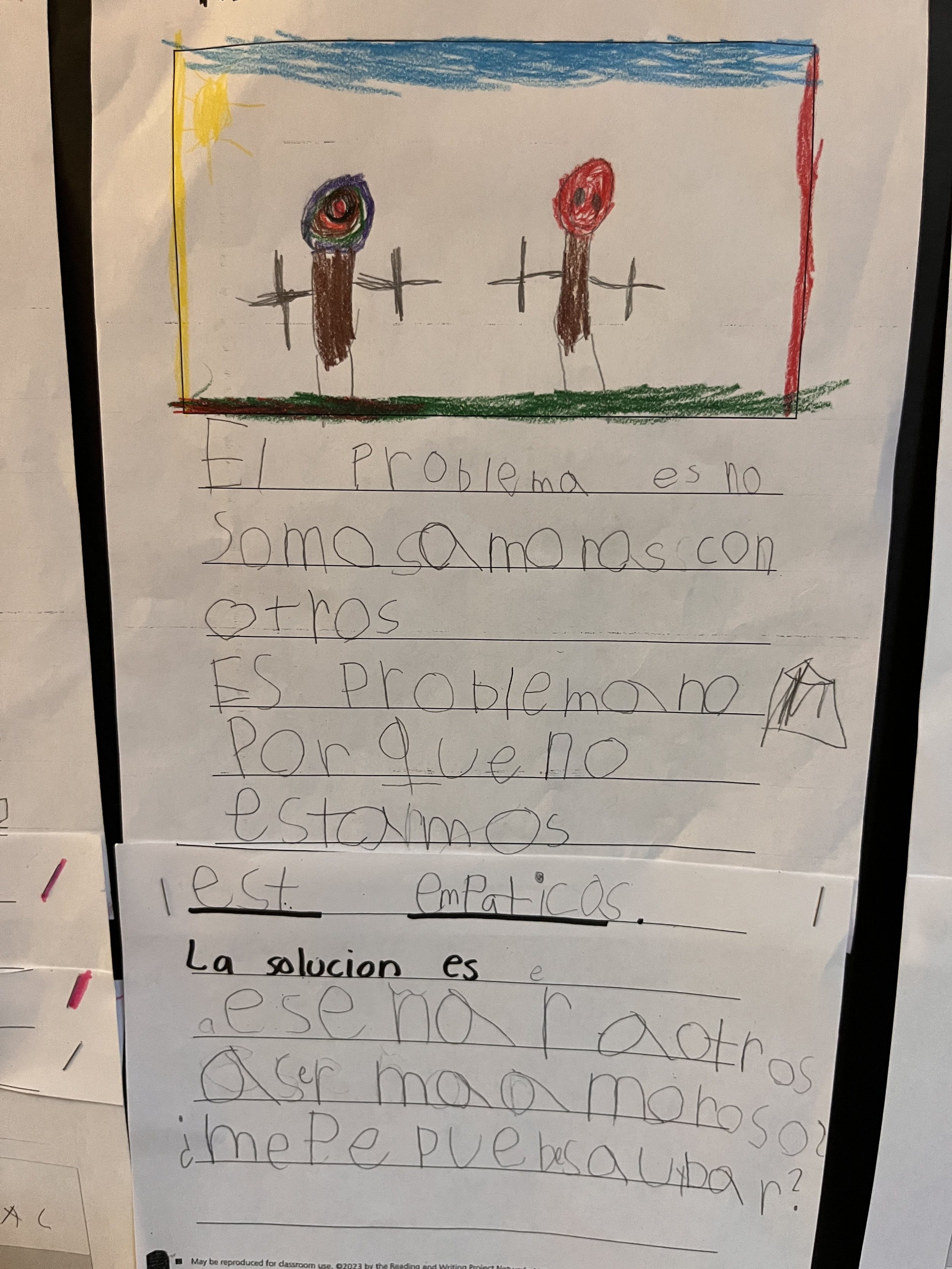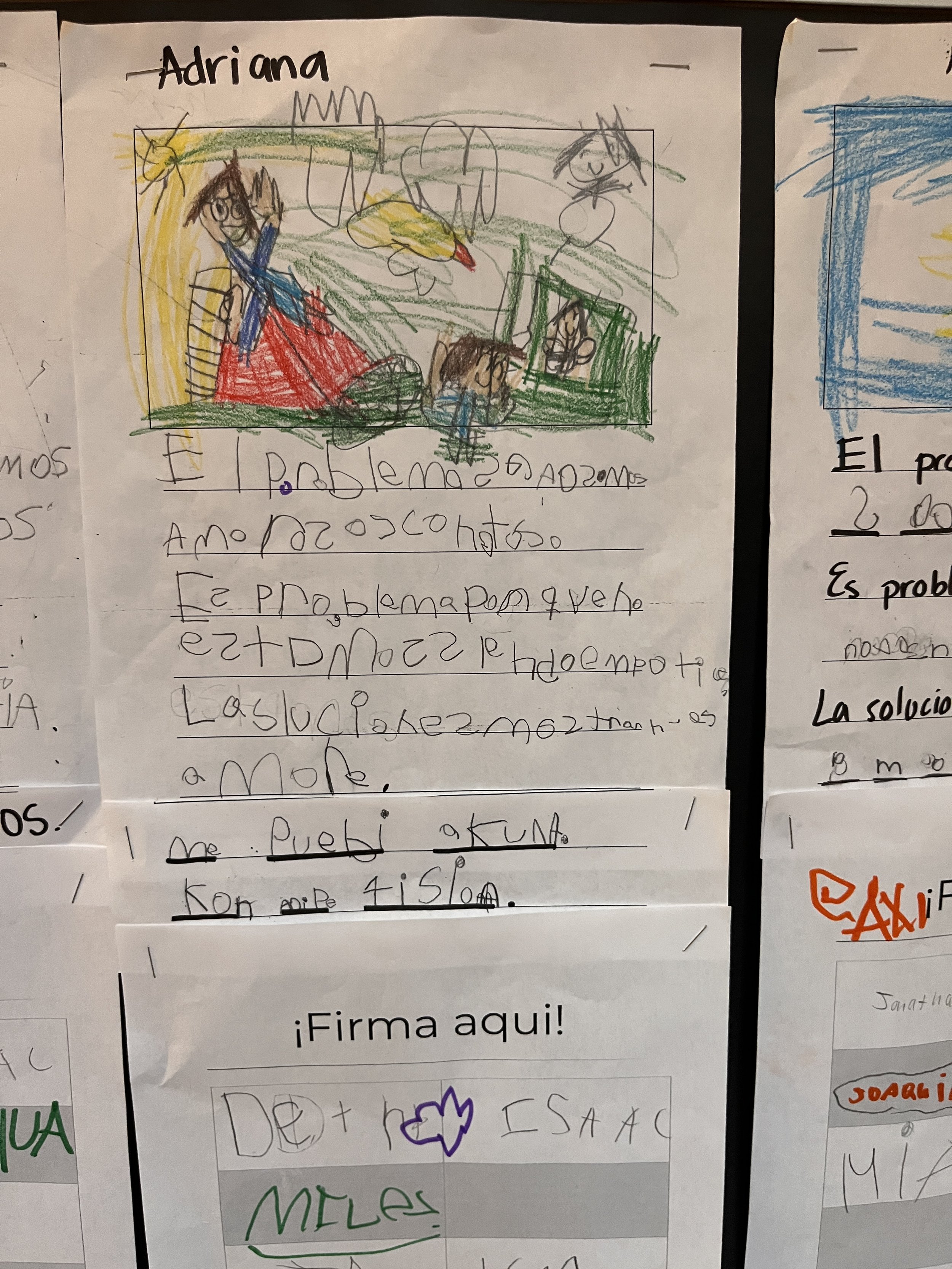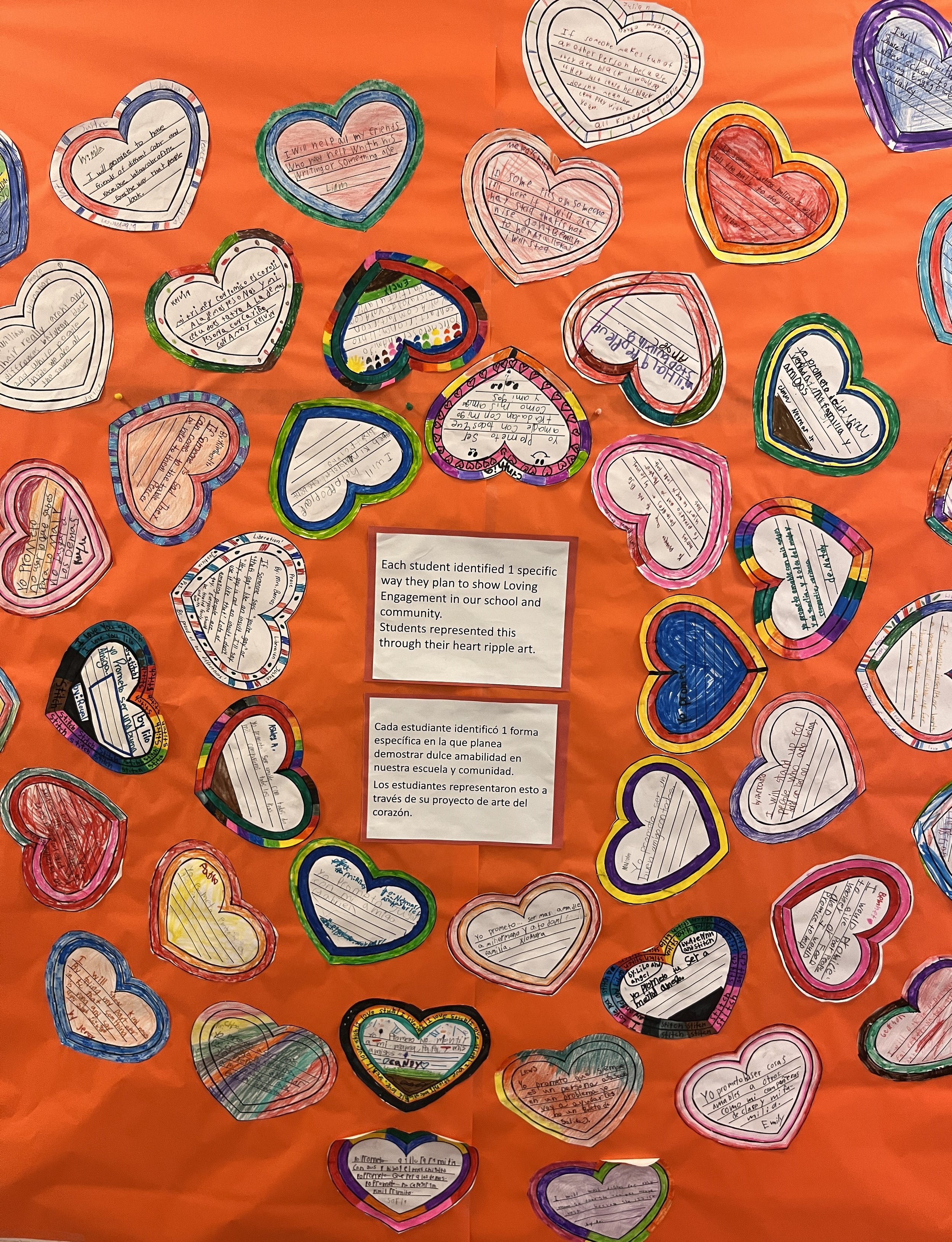Elementary Schoolwide Study of Black Lives Matter Principles
Students shared their study of the Black Lives Matter principles at a Marketplace of Knowledge.
The entire school community at the DCPS elementary school Bruce-Monroe @ Park View engaged in a six-week study of the Black Lives Matter principles. They began during the Black Lives Matter at School Week of Action and culminated in a Marketplace of Knowledge Celebration of Learning for the school and community on March 28, 2024.
There are many lessons that can be learned from the in-depth approach taken by the school administration and teachers. This is their third year and they continously refine their approach, drawing on the staff’s growing experience and insights.
In each grade level:
Teachers select a different Black Lives Matter principle so that students can learn about all the principles from their own studies and the other grades.
The teachers apply the DCPS standards and the Learning for Justice social justice standards to the study of each principle.
Students begin by analyzing the text of the principle to ensure that they fully understand it and can place it in their own words.
There is a “take action” component.
In our visits to the school, the Teaching for Change staff are impressed not only with what children are learning, but also the pedagogy which exemplifies a commitment to ensuring that each student learns skills in critical thinking, analysis, research, documentation, writing, editing, math, art, advocacy, and much more. The school staff clearly believe in the capacity and worth of their students. And they provide an engaging and meaningful curriculum attuned to students’ curiosity and concerns about the world today.
We offer here examples from kindergarten, second, and third grade. The descriptions draw from the Marketplace of Knowledge handouts and recorded explanations by assistant principal Dr. Tamyka Morant.
Kindergarten: Empathy
The kindergarten classes had four essential questions to guide their study of the principle of empathy:
What is empathy?
Who is Ruby Bridges? How can we apply empathy to Ruby Bridges’?
How can we apply empathy in our environment? What does it look like and not look like?
How can we bring empathy into our school environment?
Students explored what empathy is through vocabulary, visuals, examples, and stories. They were able to provide examples of what empathy looks like between classmates, friends, family members, and community.
They read and studied The Story of Ruby Bridges, considering ways that people showed empathy for Ruby Bridges when she desegregated a school in New Orleans, and ways they did not.
Students created lists of acts of empathy and observed other classrooms. They began with a research trip to a 4th grade class to determine if empathy was present. They documented what they observed and interviewed students. They did the same in an early childhood classroom.
Their next step was to identify ways the school could provide a more empathetic environment — generating petitions to the administration and artistic protest signs to support their advocacy.




Dr. Tamyka Morant described the process used by the kindergarten staff in the two short videos below. (Note: They will be edited and captions added.)
Second Grade: Loving Engagement
The focus principle for the second grade class was loving engagement. They explored the essential questions:
Students declared their plans to show Loving Engagement in the school and community.
How can we act with loving engagement in our classroom, school, and community?
What are different types of justice? What are ways that the Black leaders we studied have worked for justice?
How will I use what I have learned to foster a peaceful, just, and loving community, especially for members of the Black community?
This involved unpacking vocabulary in the Black Lives Matter principle of loving engagement and participating in read-alouds related to loving engagement.
They studied and wrote about notable Black leaders, discussing fairness and justice in the context of racial equality, disability justice and accessibility, environmental justice, civil rights, and LGBTQ+ rights.
As a culminating action project, students created a video modeling various ways to show loving engagement in all the spaces of their lives at school.
Third Grade: Black Women
The focus principle for third grade was Black women. They explored the essential question:
How have Black women rebelled against and thrived within unjust systems of oppression in the United States?
This culminated in the completion of a mini-research report on a selected Black woman in government, media, arts, sports, or science. They described the challenges they overcame and their contributions to society, which were sometimes overlooked due to their intersecting identity of being a Black woman.
The students created projects in the form of posters, biographies, and talk shows to highlight the brilliance, courage, and resilience of Black women.
Student talkshow about Black women.
The project was used to gain a better understanding of the accomplishments of various Black women in the United States and how to be aware of the systems of oppression that continue to exist so that students can work towards environments free of sexism and racism.




